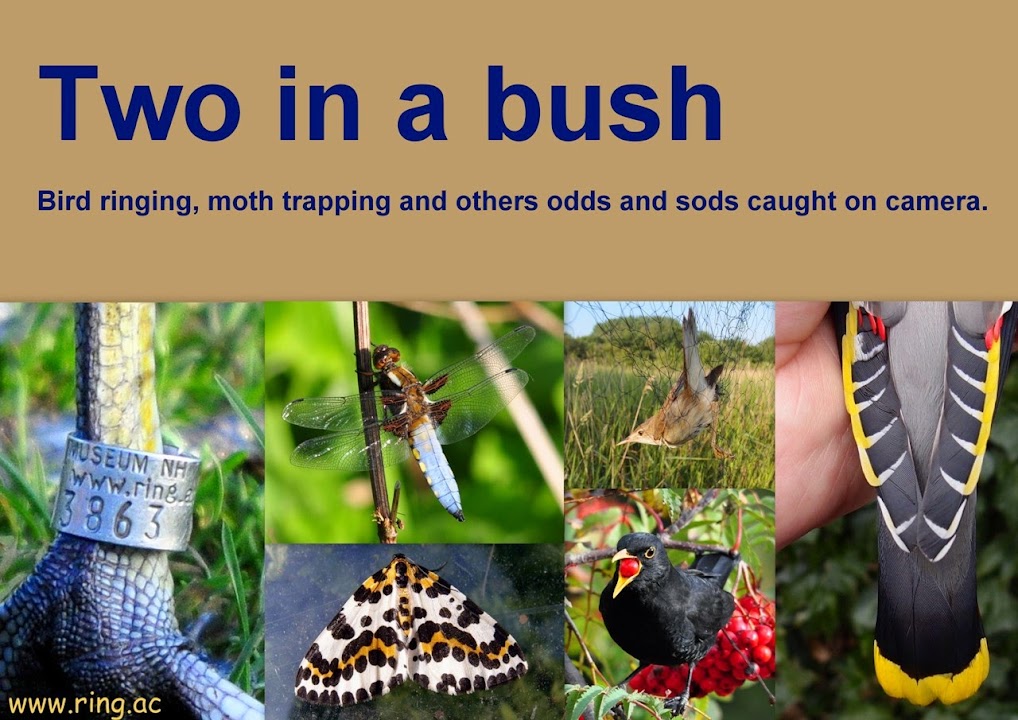Assuming they had left the nest around a week ago and allowing for a typical fledging period of 33-34 days and an incubation period of 17 days (BTO bird facts) the nest would have been built in early to mid February and the eggs laid in about the third week of that month. This is at the very early end of the species breeding season which more commonly starts in April. I have no idea where this pair nested although it was probably nearby but I am sure it was not in my garden.
I didn't get chance to take any photos this morning but one of them was back in the garden this afternoon and stayed around for a while, the other was sat in a tree just across the road. I didn't see the parents feed either of them while I was watching and the one I photographed did help itself to some emerging Rowan flowers. Later one of the juveniles followed an adult round the lawn and copied its feeding activity so they must be very close to being independent.
 |
| An early success for the 2015 breeding season. |
 |
| Add your own caption. 'what are you looking at' is mine. |
 |
| Feather management is really important for any bird from an early age. |
 |
| A wing stretch to the right. |
 |
| A wing stretch to the left. |
 |
| .... and now both together. |
 |
| Proud parent. |



No comments:
Post a Comment